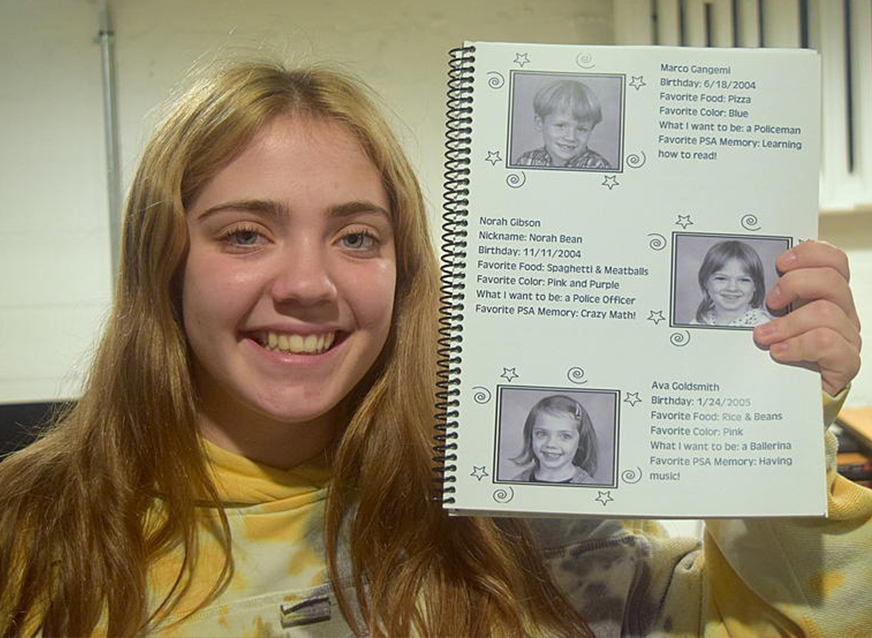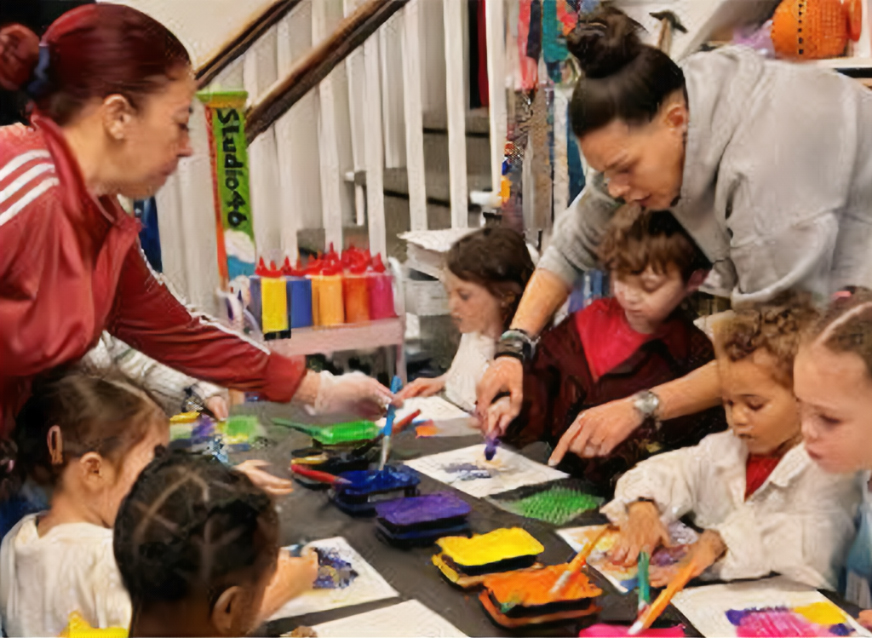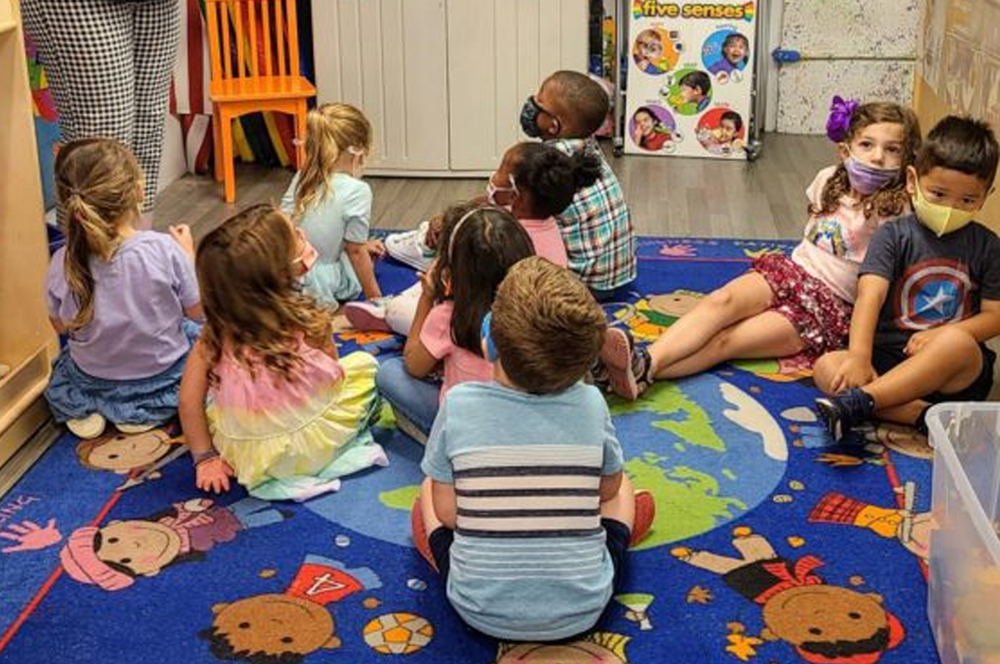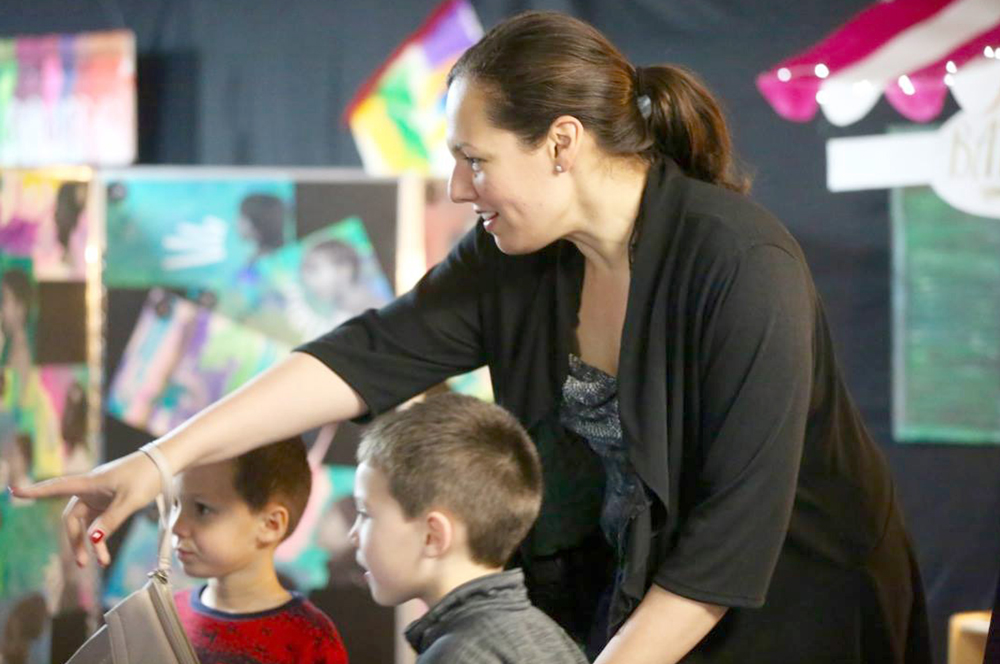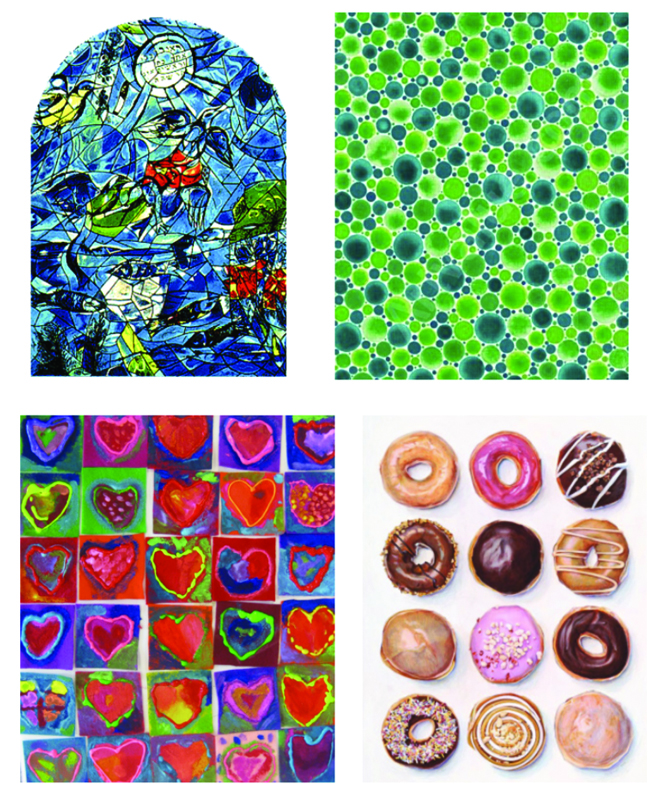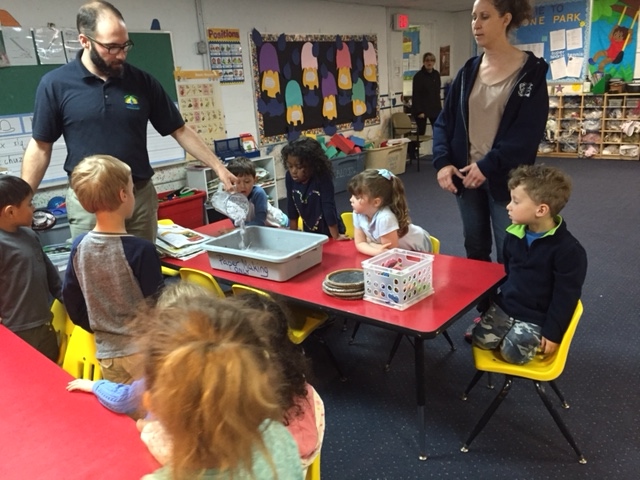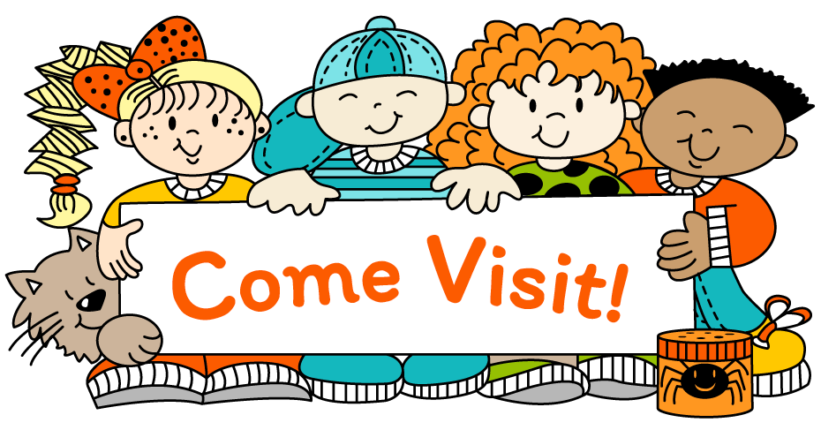In an ever-changing world it is increasingly important to teach our children to embrace differences. Learning tolerance and understanding cultural diversity begins at home. Parents and caregivers are a child’s first teachers, and young kids learn so much about the world even before they ever enter an early childhood classroom. But what’s the best way to teach your child at such a young age about such a grown-up topic?
Young children are more perceptive than we think they are.
Children begin to notice differences at a very young age and will begin to ask questions without apprehension or shame. We’ve all had that embarrassing moment when our child pointed at someone, shouting for all to hear, asking why that individual looked or sounded different! Two and three year olds become aware of gender differences and also start noticing and developing a curiosity about skin color, hair color and texture and even more visible physical disabilities. By the age of three or four, children begin to explore the range of differences within and between racial/ethnic groups and by Kindergarten they start to identify with an ethnic group.
Young children have an inner sense of justice and fairness as they are learning to follow rules at home and in the classroom. In the PBS documentary, Little White Lie, a film about dual identity, race and family secrets, Lacey Schwartz Delgado tells the story about her unusual upbringing and how embracing her racial identity has brought her a modicum of peace. “We live in a society where cultural norms are biased to some people’s experiences, looks, etc., but yet we pretend that they are neutral. Kids notice differences and when we don’t talk about them we are signaling to them that there is something to be avoided about those differences rather than embraced.”
The Colorblind Controversy – does it exist?
You bet, and while intentions are good, we are failing our youth by not providing opportunities for them to learn about and experience other cultures. In trying to be politically correct, we tell ourselves that we are “color blind” because we see everyone simply as humans. More and more schools are banning all celebrations that are connected to culture and have substituted generic seasonal celebrations. However, by pretending to be all the same, we turn our backs on cultural values, norms, expectations and life experiences of different ethnicities. Instead of being “color blind” we can better serve our children and our communities by being “color conscious” and aware of racial differences by discussing and acknowledging different cultures’ struggles, values, traditions and triumphs.
How can parents teach their children to embrace diversity?
- Start when your child is young!
- Find teachable moments, such as breaking the stereotype of pink as a “girl color” and blue as a “boy color,” or talking to your child when he/she sees a person in a wheelchair or wearing ethnic clothing that is different than theirs.
- Listen to music in the car or home from your culture as well as others.
- If your child loves to play dress up, incorporate regalia worn by other ethnicities.
- Sample foods from other countries.
- Have a globe in your home to show your child the location of where something newsworthy happened.
- Encourage your child to have a pen pal from another country.
- Attend cultural events around the community with your family.
- Read multicultural books to your children!
Books that celebrate diversity:
Round Is a Mooncake, by Jenny Thong
A curious young girl explores her home and neighborhood and marvels at objects that are different shapes—a round rice bowl, a square pizza box, and a rectangular cell phone—which are also a clever reflection of the traditional Chinese and American cultures that enrich her world. (Ages 2–5)
Stinky the Bulldog, by Jackie Valent
Stinky is a lovable little bulldog that moves to a new neighborhood. The mama bulldog teaches Stinky a valuable lesson in not judging others in this colorful picture book.
The Sneeches, by Dr. Seuss (Ages 3-5)
In this story, the star-belly and plain-belly Sneeches learn that neither type is superior and that they are able to get along and become friends.
The Color of Us, by Karen Katz
This story explores how everyone in the neighborhood is a different shade of brown – from peanut butter to chocolate – and does a great job of subtly explaining that people are all different shades of the same color.
Why Am I Different?, By Norma Simon
The book outlines the variety of ways people can be different from each other including hair color, size, language and family.
It’s OK to be Different?, By Todd Parr
The book outlines the variety of ways people can be different from each other including hair color, size, language and family.
The Snowy Day, by Ezra Jack Keats
This unforgettable classic, with its indelible collage illustrations, follows snow-suited little boy Peter as he explores the beautiful transformation his city undergoes after a heavy snow. We read it as kids, and our kids will hopefully read it to their kids. (Ages 3–5)
The Good Luck Cat, by Joy Harjo
This sweet, warmly illustrated book tells the story of a contemporary Native American girl and her lucky cat, Woogie, who has used up 8 of his 9 lives when he suddenly disappears. Will he make it back to her? (Spoiler alert for parents—he totally does.) (Ages 3–7)
Something Beautiful, by Sharon Dennis Wyeth
The moving tale of a young African American girl who, dispirited by the ugliness she sees in her neighborhood, seeks to find “something beautiful,” and is inspired by those around her to see the beauty in everyday sights and objects. The gorgeous illustrations will stay with you long after you’ve finished reading. (Ages 3–7)
Ganesha’s Sweet Tooth, by Sanjay Patel
A zingy, delightful interpretation of a classic tale from Hindu mythology, this book will hook children with its eye-popping illustrations and compelling blend of traditional Hindu lore with a contemporary flair. (Ages 4–8)
My Brother Charlie, by Holly Robinson Peete and Ryan Elizabeth Peete
Callie’s twin brother Charlie is very dear to her, but he’s also very different from her, especially in one important way: Charlie has autism. There are many things that he can do very well, and other things he needs some help with. This loving story celebrates the special bond that siblings have and offers a glimpse into the world and family of a child on the autism spectrum. (Ages 4–8)
Marisol McDonald Doesn’t Match, by Monica Brown
A Peruvian-Scottish-American spitfire, Marisol McDonald has flaming red hair and brown skin, wears polka dots with stripes, and brings peanut butter and jelly burritos to school for lunch. And that’s the way she likes it…that is, until she begins to feel self-conscious about the way she stands out. Will she take the other children seriously when they try to tease her into fitting in with everyone else? Or will she take her kindly teacher’s advice and continue to be her wonderful self? (Ages 4–8)
Music CD’s that celebrate diversity:
Putumayo Kids:
- Putumayo Kids Presents African Playground
- Putumayo Kids Presents Latin Playground
- Putumayo Kids Presents European Playground
- Putumayo Kids Presents World Playground
- Putumayo Kids Presents French Café
- Putumayo Kids Presents Café Cubano
- Putumayo Kids Presents India
- Putumayo Kids Presents Zydeco
- Putumayo Kids Presents Acoustic Africa
- Putumayo Kids Presents Arabic Groove
- Putumayo Kids Presents Celtic Dreamland
- Putumayo Kids Presents Islands
- Putumayo Kids Presents World Sing Along
- Travel the World With Putumayo
Lisa Raphael
Director, Park Street Academy
Montclair, NJ
